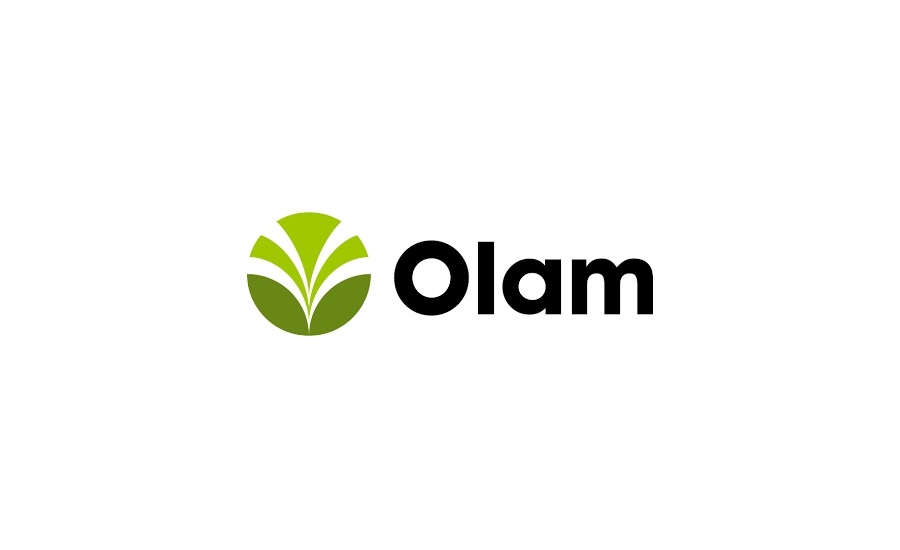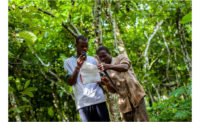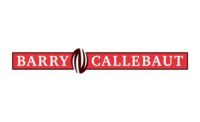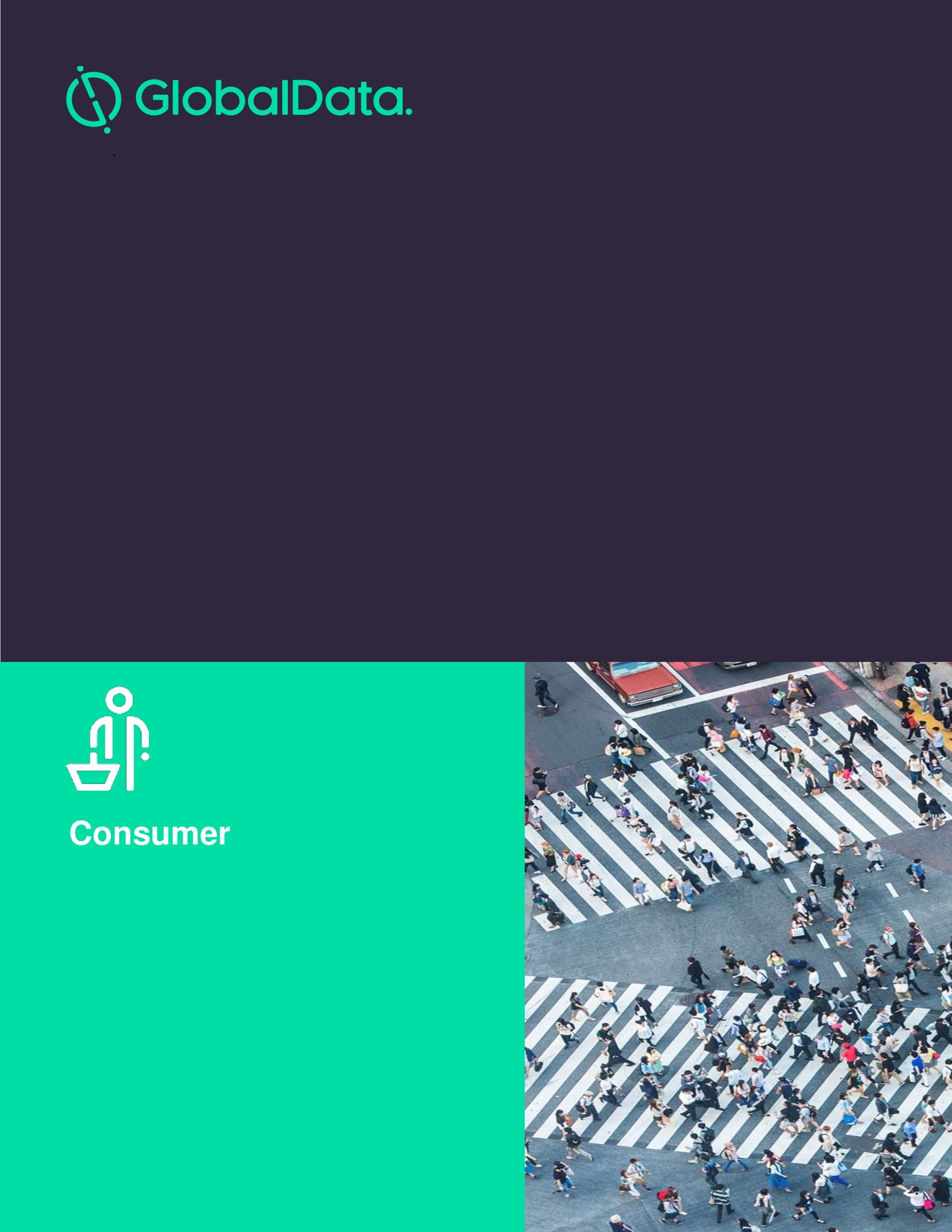Recent enhancements to the Olam Farmer Information System (OFIS) mean that 100,000 smallholder farmers now benefit from access to detailed information about their farms and many of their international customers now have unparalleled visibility into the production of emerging market crops like cashew and coffee. Each farm has been mapped and surveyed via an Android app with the uploaded data harnessed to provide tailored support for smallholders and more precise details to customers who need to make critical choices about financial interventions, such as agri-training, school or healthcare infrastructure.
While technology has made advances in supporting smallholders, as well as supply chain transparency, OFIS Director Simon Brayn-Smith emphasises the platform’s capability in helping all participants in the supply chain:
“You have to remember that while big data usage is commonplace among large-scale farms, our field officers are working in some of the world’s most isolated places. With the OFIS technology they have been able to survey and record, on the spot, thousands of farms, the surrounding landscape, as well as the farmer’s social circumstances. This gives the farmers, Olam and our customers greater insight to tackle issues from poor yields to climate change and child labour. And by ‘GeoTagging’ each bag of produce we can trace it from farm to fork, providing assurance to end users on product provenance.”
Facilitating enterprise management
The OFIS platform has been designed to build capacity from the ground up and allows farmer groups and cooperatives to manage their stock levels and keep an eye on creditor and debtor positions. It also gives them detailed reports about their business activities including a way to prove provenance of a product which in turn helps them access traceability premiums.
Personalised plans for farmers
As part of Olam’s sustainability interventions under the Olam Livelihood Charter, OFIS can now give personalised farm development plans to each farmer with advice on how to make the most of each plot and crop. Over 10,000 have been generated for cocoa farmers. This advice, such as when and how to prune based on the exact age of the trees, can be texted straight to the farmer’s mobile phone. Having a plan empowers the farmer while progress against recommendations can be tracked over time, and adapted where necessary. They can also receive payments for their crops into a ‘mobile wallet’, allowing for the creation of credit histories and eventually bringing financial services to the rural disenfranchised.
Improving intervention efficiency for field staff and customers
Olam field staff and implementing partners can keep a close track of all farmer training progress versus programme targets. Cross cutting and comparing extensive data sets enables staff to understand more easily why one farmer group, or even an individual farmer, may be getting lower yields than others in the same region. This enables more efficient use of resources, helping to achieve scale.
Currently OFIS is being rolled out across Olam’s Cashew, Cocoa, Coffee, Hazelnuts, Palm, Pepper, Rice and Rubber supply chains, with a goal to reach half a million farmers by 2020.








